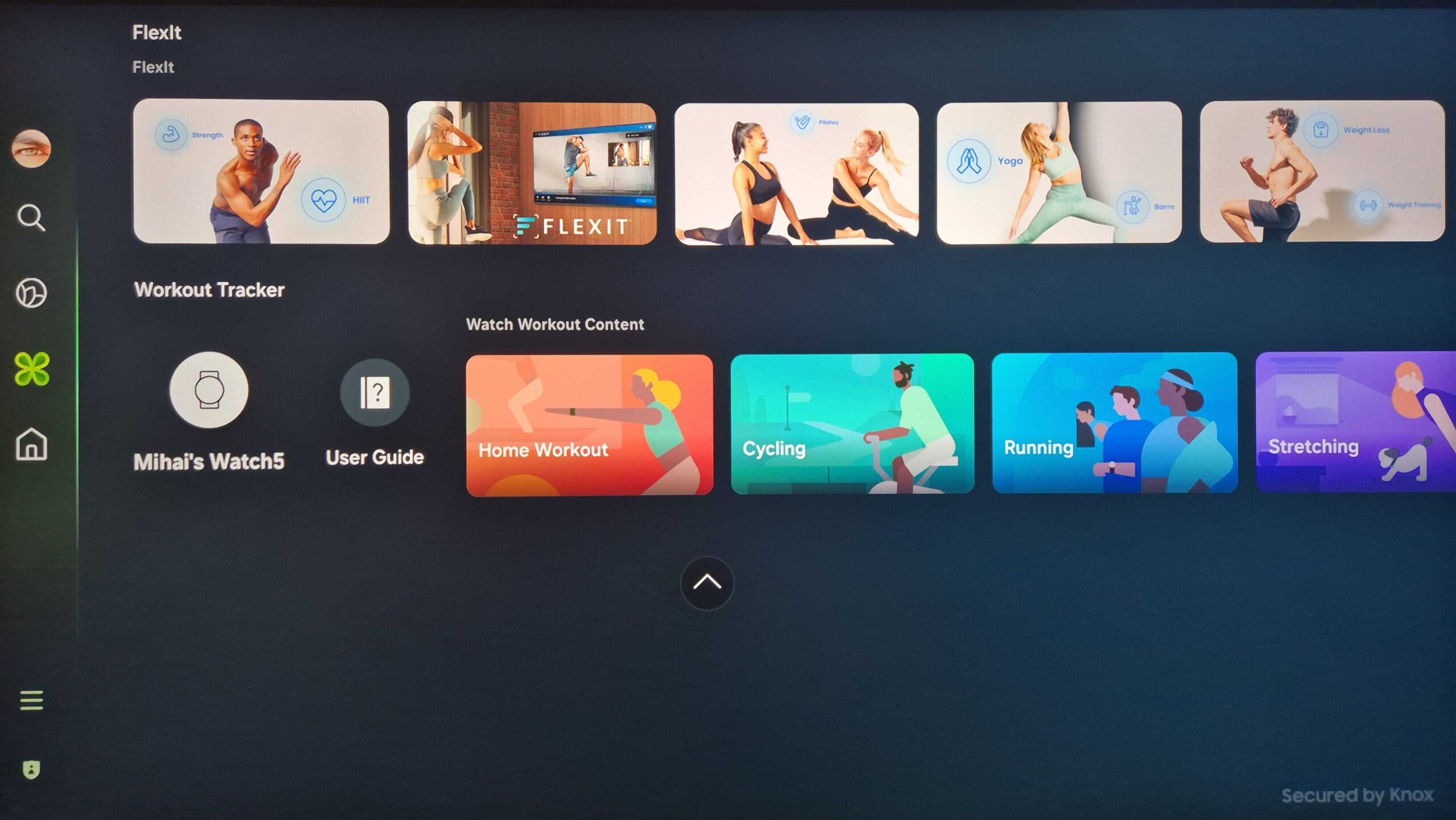Your signature defines who you are. But did it ever occur to you that you should sign in your mother tongue? Perhaps not, given the fact that most people have become comfortable, or rather used to, signing in English. When Prime Minister Narendra Modi told a group of gamers he met recently that people should sign in their respective mother tongues, he touched upon the most crucial but often neglected aspect of our signatures, which plays a significant part in our Indianness. Can people start to sign in their mother tongues, or is it a difficult proposition now that most of us have gotten used to signing in English? Is it too late to start?
Linguistic Heritage
Designer Gaurang Shah feels signing in one’s mother tongue is not only a beautiful celebration of cultural identity but also a way to preserve and honour linguistic heritage. “Embracing our mother tongues in signatures is a meaningful step towards reclaiming our roots. It might seem daunting at first, especially for those accustomed to signing in English, but with time and practice, it’s certainly feasible,” says Gaurang. Those who are used to signing in English can switch over to their respective mother tongues, he feels. “It’s never too late to start, and every signature in a mother tongue adds to the richness of our diversity and the pride inherent in every Indian language,” he says. As a designer, Gaurang has incorporated Hindi extensively into his brand. “I see immense potential for this trend to catch on and become a cherished tradition, and I would certainly like to embrace it going forward,” he adds.
Signature Styles
Ruchita Bansal, founder of Izzhaar, expresses dismay that this unique idea of putting signatures in our respective mother tongues did not hit anyone else other than Prime Minister Narendra Modi. “Being a creative connoisseur, unique ideas always grab my interest; this one particularly caught my attention,” she says. Ruchita believes every individual has his or her own distinct way of forming their signatures, and a person’s signature is a reflection of their identity, personality, and individuality. “What makes each signature unique is a combination of factors, ranging from handwriting style to personal quirks and cultural influences. Using our respective mother tongues in crafting signatures would absolutely take the unique aspects and elements to the next level. Moreover, it adds personalisation to the emotional connection we all have about our signatures,” she says.
Like Gaurang, Ruchita too feels it’s never too late to start signing in her mother tongue. “India is a country of linguistic diversity, offering vivid calligraphy styles. So, I think we should explore the art of crafting our signatures in our own mother tongue,” insists Ruchita.
Power Of Pen
Actor Harshavarshan is someone who can sign in Hindi. “I am from Madhya Pradesh, so I can thankfully sign in Hindi,” smiles the actor. He too doesn’t see a problem for those who want to shift from signing in English to their respective languages. “We all need our country to grow; if this helps that, then why not?” says Harshavarshan. UP-based politician Srikala Reddy,
who originally belongs to Hyderabad, says signing in one’s mother tongue is a wonderful initiative. “Although it is mostly in cities that people sign in English, in rural areas most people sign in their mother tongues. So the change, if any, should come about in the urban areas,” she points out.
The Jaunpur Panchayat President feels that signing in our own languages gives us an opportunity to remember our heritage. “All in all, signing in your mother tongue is a good idea,” says Srikala.
Nothing But Gimmicks
For someone like Archana Shah, founder of Bandhej, who studied in an English-medium school and went to study at National Institute of Design, where students came from all over the country, English became the common language of communication for her. “I speak Gujarati at home, but this
language is limited to my family only. As I interact with people from around the country and outside, I need a common language. Suddenly to sign in Gujarati would be alien, very forced,” she feels. Archana says that though people need to connect, they should not live in silos and create boundaries.
Echoing similar sentiments, Biman B. Nath, author, professor of astronomy and astrophysics, says he is in favour of going through basic education in his mother tongue.
“I have been popularising science in Bengali for many years. But insisting on signatures in mother tongue is an irrelevant exercise and a distraction from the main issues,” he feels. As it is, a signature is ultimately a visual symbol; it need not be in any language.
“In my opinion, statements like this are nothing but gimmicks and distractions,” says Bimal, who also finds fault with the government spending huge amounts of money and resources to ensure government educational institutes keep a good fraction of official records in Hindi and not in the local language.
Embracing our mother tongues in signatures is a meaningful step towards reclaiming our roots.” — Gaurang Shah, designer
Using our respective mother tongues in crafting signatures would take the unique aspects and elements to the next level.” — Ruchita Bansal, founder, Izzhaar
I am from Madhya Pradesh, so I can thankfully sign in Hindi. We all need our country to grow. If this helps that, then why not?” — Harshavarshan, actor
Although it is mostly in cities that people sign in English, in rural areas most people sign in their mother tongues.”— Srikala Reddy, politician, Uttar Pradesh
I interact with people from around the country and outside, I need a common language. Suddenly to sign in Gujarati would be alien, very forced.”— Archana Shah,
founder, Bandhej
I have been popularising science in Bengali for many years. But insisting on signatures in your mother tongue is an irrelevant exercise and a distraction from the main issues.” — Biman B. Nath,author, professor of astronomy and astrophysics







